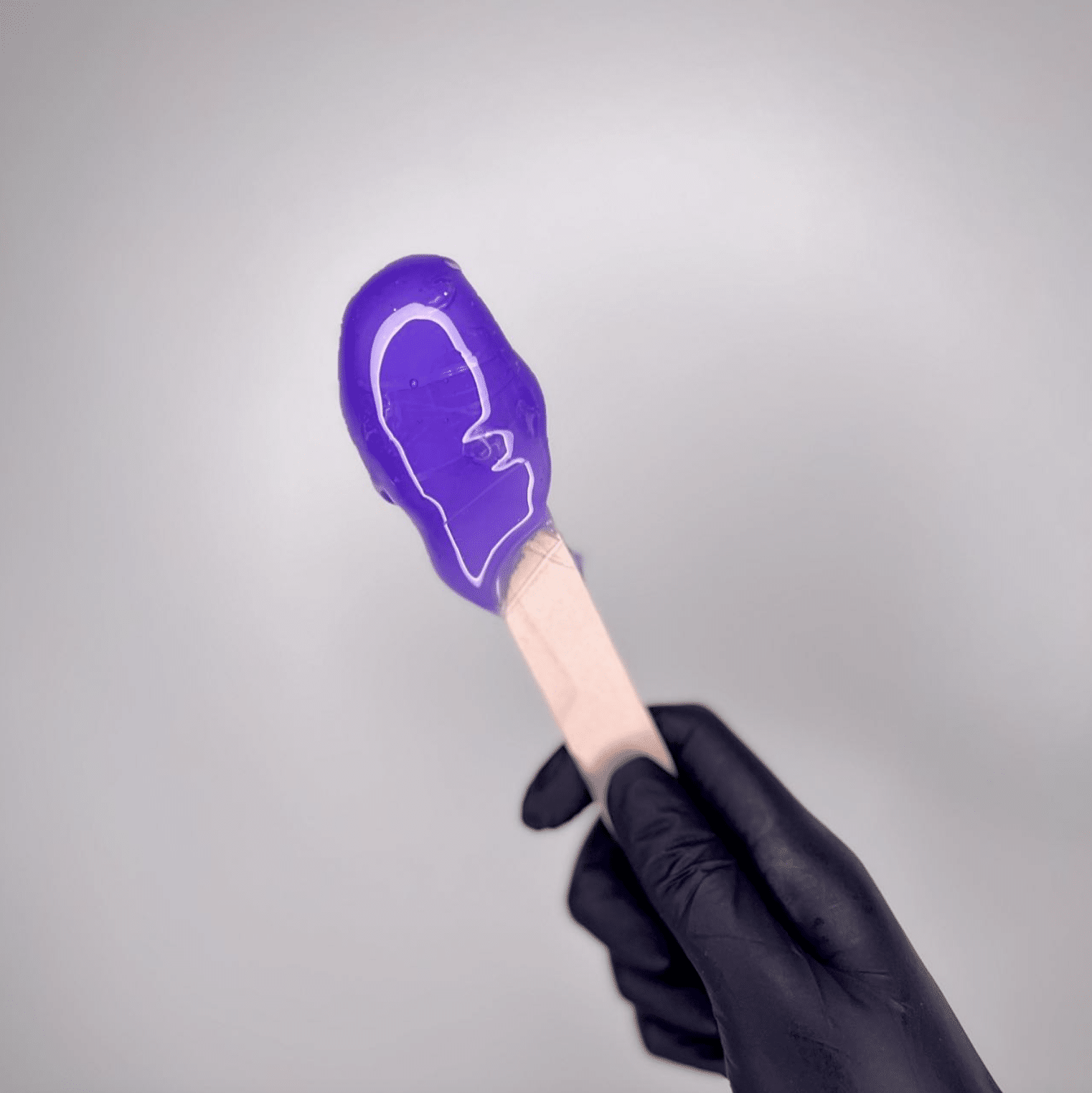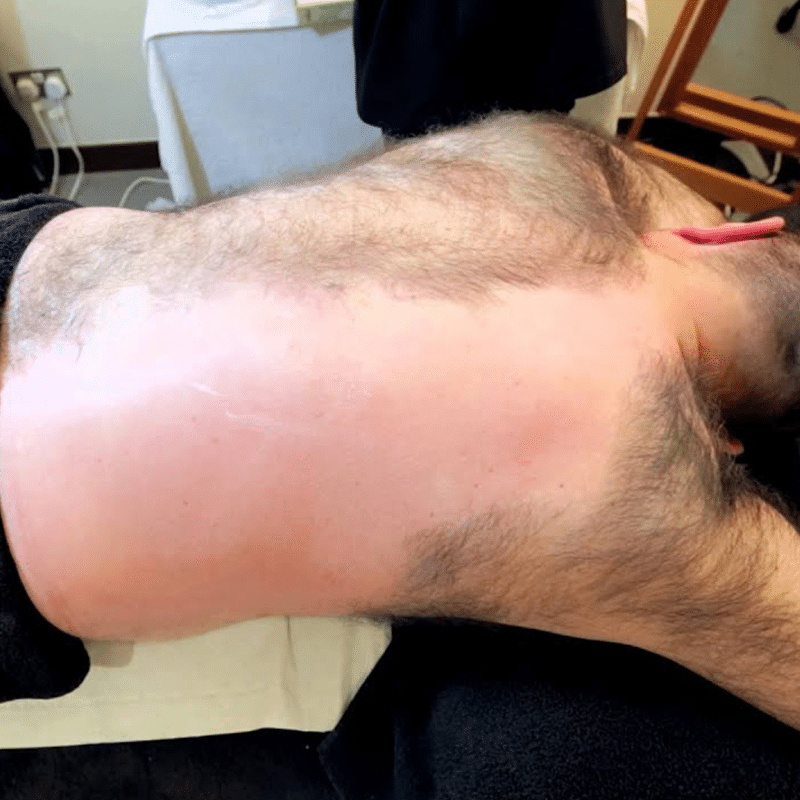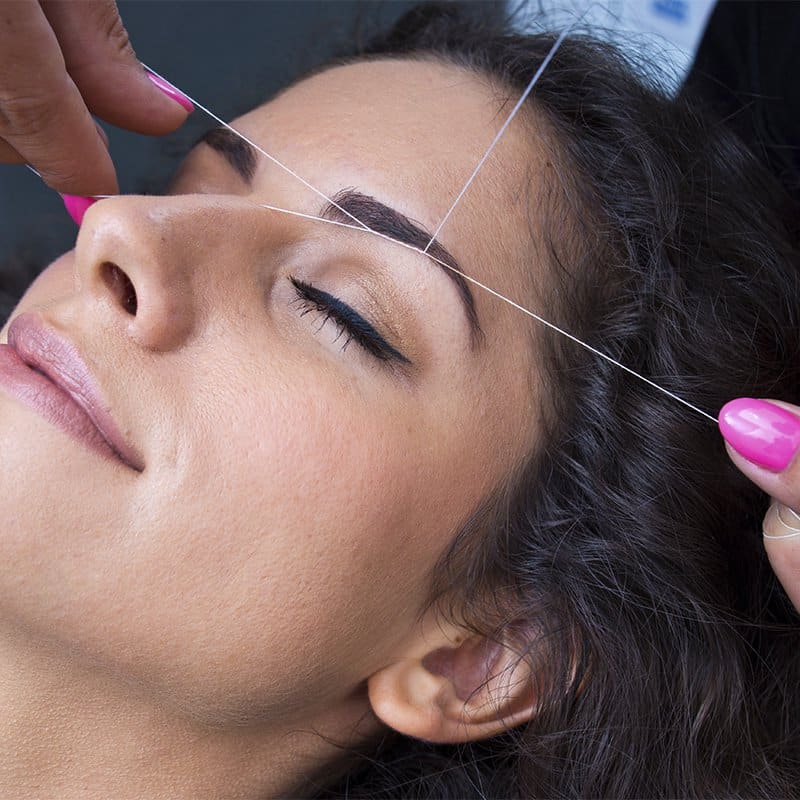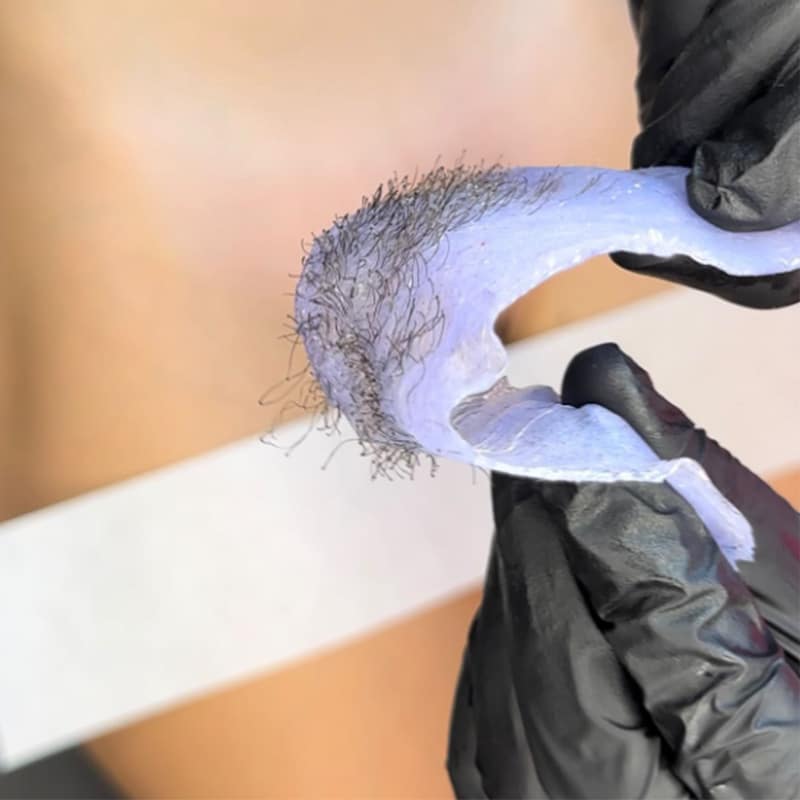
Hard Wax vs Soft Wax: The Final Verdict
Did you know there are different kinds of hair removal wax?
Embarking on a journey toward smooth, hairless skin can be both enthralling and perplexing, especially with the multitude of hair removal options available. Choosing body waxing means stepping into a realm where effectiveness meets momentarily heightened sensitivity.
Indeed, waxing is famed not just for its ability to render skin delightfully smooth, but also for the transient sting that accompanies the process. Body waxing, whether focusing on one particular region or embracing a comprehensive full-body approach, offers a longer-lasting escape from unwanted hair, gifting you weeks of silky, carefree skin.
In this guide, we delve into the intricate world of body waxing, providing you insights, tips, and expert advice to equip you with everything you need to know about achieving that coveted, smooth finish. So, let’s navigate through the waxing world together, ensuring your next session is both informed and effortlessly smooth.
The cost of body waxing can widely vary based on several factors, including the geographical location, the salon’s reputation and expertise, and the specific body areas being waxed.
| Body Area | Approximate Cost (USD) |
|---|---|
| Full Legs | $50 – $100 |
| Half Legs | $25 – $50 |
| Bikini Line | $30 – $60 |
| Brazilian Wax | $40 – $85 |
| Full Arms | $30 – $50 |
| Half Arms | $20 – $40 |
| Underarms | $15 – $30 |
| Back | $40 – $70 |
| Chest | $30 – $60 |
| Full Face | $35 – $60 |
| Eyebrows | $10 – $30 |
| Full Body Wax | $150 – $300 |
Keep in mind that these are general ballpark figures and actual costs may vary considerably. It’s always advisable to check with local salons or waxing professionals in your area to get accurate pricing. Special offers, memberships, or packages can also provide savings for regular waxing clients.

Body waxing removes hair by applying warm, often hard, wax to the skin. People like hard wax because it’s gentle and good for sensitive areas like the bikini line and face. The wax sticks to the hair, and when it hardens, you pull it off quickly. This pulls the hair out from the root, leaving the skin smooth for several weeks. Many prefer waxing to shaving because it lasts longer and works well on different parts of the body, offering a sturdy and effective way to handle unwanted hair.
Make sure your hair is at least 1/4 inch long so the wax can grab it. Scrub your skin a day or two before to get rid of dead skin and make waxing smoother. Don’t use lotions or oils on your waxing day. Some folks use a cream to numb the area a bit, but you don’t have to. Ask your waxer if they recommend any products!
Yes, waxing can be a bit painful because it pulls out hair. To deal with the pain, you might take a painkiller like ibuprofen half an hour before waxing. You can also try a numbing cream. Make sure your skin is healthy and tell your waxer if it hurts too much. Getting waxed regularly might make it hurt less over time.
The waxer should wear gloves and use clean tools. They shouldn’t dip the applicator into the wax pot more than once. The place should look tidy. Don’t get waxed if your skin is broken or sore to prevent further issues.
Usually, people get waxed every 3-6 weeks. But it can depend on how fast your hair grows. Areas like underarms might need waxing more often because hair grows faster there.
Keep your skin scrubbed and moisturized to avoid ingrown hairs. If you get one, gentle scrubbing and some creams can help. Wear loose clothes to avoid rubbing on the waxed skin.
Waxing at home saves money and is convenient but can be messy and might not work as well. Going to a professional usually gives cleaner, less painful results, but it costs more.
Overall, The journey through body waxing, as explored in the Article, offers a thorough guide that intertwines the practical and aesthetic facets of the hair removal process, showcasing its aptitude in rendering smooth, lasting results despite a brief sting during the session.
Covering varied aspects, it delves into aspects like cost considerations, ranging from $15 to $300, and a step-by-step procedure for estheticians that spans consultation, workspace and client preparation, wax application and removal, and essential post-wax procedures and aftercare.

Did you know there are different kinds of hair removal wax?

So, what’s the brow-shaping savior we’re all looking for? Waxing or threading?

In this comprehensive guide, we Will explore the various waxing techniques in depth and share the optimal practices for hard wax.